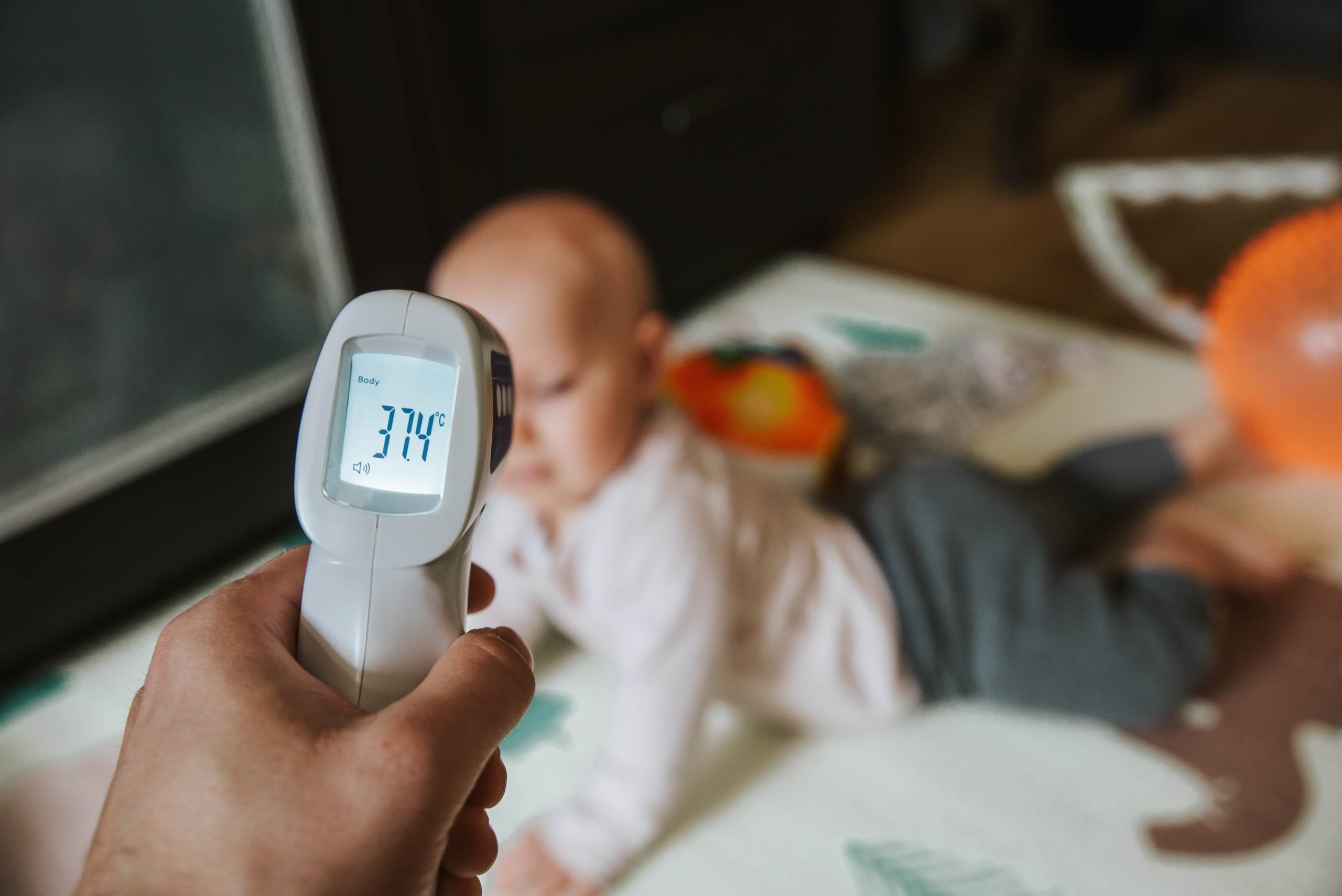Temperature measurement devices have always been essential in industries for ensuring safety, efficiency, and quality control. With technological advancements, thermal cameras have emerged as a game-changer in temperature monitoring across various sectors. These devices utilize infrared thermography to capture and visualize temperature variations, providing valuable insights that traditional methods cannot match. In this blog, we’ll explore how thermal cameras revolutionize temperature monitoring in modern industries and their numerous benefits.
Introduction to Thermal Cameras
Thermal cameras are an essential tool for temperature monitoring in industrial settings. They provide a non-contact, real-time view of heat patterns on objects and can be used to detect potential problems before they cause costly downtime or damage.
Thermal cameras are especially useful for detecting hot spots in electrical equipment, indicating overloaded circuits or failing components. As well as monitoring process temperatures in heating and cooling applications, they can also identify fire hazards.
Thermal cameras come in many different types, so it is important to choose one that is appropriate for your specific application. Some factors include field of view, temperature range, resolution, and sensitivity.
How Thermal Cameras Work
Thermal cameras capture images based on the infrared (IR) radiation emitted by objects. By detecting this IR radiation, thermal cameras can create a picture of an object’s heat signature.
The object’s temperature is then determined based on its heat signature. A thermal camera is often used in industrial settings to monitor temperature.
Thermal cameras work by first capturing IR radiation using a particular sensor. This sensor converts the IR radiation into electrical signals. The camera’s internal computer then processes these signals to create a thermal image.
The thermal image is made up of pixels, each of which represents a different temperature. Objects with a higher temperature appear brighter in pictures. The cooler a thing is, the darker it will appear in the image.
Benefits of Thermal Cameras for Temperature Monitoring in Industries
Thermal cameras are the perfect solution for efficient temperature monitoring in industrial settings. Here are some of the many benefits of using thermal cameras for temperature monitoring in industries:
- With thermal cameras, it is possible to measure temperatures from a distance without coming into contact with the object or surface being measured. This is of the utmost importance whenever hazardous materials or high temperatures are present in industrial settings.
- Thermal cameras can quickly measure temperatures, making them ideal for monitoring moving objects or areas.
- Thermal images can be stored and analyzed later, allowing for detailed analysis of temperature changes over time.
- It is possible to use thermal cameras in complex or inaccessible areas, such as behind walls or ductwork.
- Thermal imaging can detect potential problems before they cause damage or downtime, helping avoid costly repairs and disruptions to production.
Best Practices for Using Thermal Cameras in Industrial Settings
The use of thermal cameras in industrial settings should always follow a few best practices. First and foremost, ensure that the area you are scanning is well-ventilated. This will help to prevent any build-up of heat within the camera itself, which could lead to damage.
Secondly, always calibrate your camera before use. By doing this, you will ensure that the device is giving you accurate readings. Be sure to keep an eye on the battery life of your camera and Always have a spare set of batteries on hand in case of power outages or other unforeseen circumstances.
Different Types of Thermal Cameras and Their Advantages
There are different types of thermal cameras that offer varying advantages, depending on the specific needs of the industrial setting. Some of the most common types of thermal cameras include:
- Handheld Thermal Cameras: These are portable and easy to use, making them ideal for quick temperature checks in various areas. They usually have a small display screen that shows the temperature reading, so you can immediately see if there are any hotspots or unusual readings.
- Infrared Thermal Cameras: These work by detecting infrared radiation emitted by objects, and they can produce images that show temperature variations across a surface. This makes them useful for identifying potential problems in machinery or electrical systems.
- Fixed-Mount Thermal Cameras: These are mounted in a fixed position, often overlooking a particular area or machine. Temperature monitoring can be done remotely with these devices because they provide continuous thermal data.
- Thermal Imaging Cameras: From medical imaging to security, these cameras are used in a wide range of applications. They work by detecting infrared radiation and creating images showing various objects’ temperatures.
Overall, thermal cameras are a handy tool for monitoring temperature variations in industrial settings and can help identify potential problems before they become serious.
Common Challenges with Industrial Temperature Monitoring and How Thermal Cameras Help Solve Them
Many challenges come with temperature monitoring in industrial settings. First, there is the challenge of accuracy. It is essential to accurately measure the temperatures of different areas in an industrial environment to ensure that they are within the desired range. Second, there is the challenge of consistency. It is essential to be able to consistently monitor temperatures in an industrial setting so that you can identify any potential problems early on. Third, there is the challenge of cost. Temperature monitoring can be costly, primarily using traditional thermometers and thermal cameras.
Thermal cameras offer a solution to these challenges by providing accurate, consistent, and cost-effective temperature monitoring. Thermal cameras use infrared technology to measure the temperature of an object or area without coming into contact with it. This makes them ideal for measuring the temperatures of hard-to-reach areas or areas that are dangerous or difficult to access. Thermal cameras also can take multiple readings at different distances, which means they can take measurements of large areas quickly and easily. Thermal cameras are relatively low-cost compared to other temperature monitoring methods, making them a more affordable option for businesses.
Conclusion
Thermal cameras have proven to be a transformative technology in temperature monitoring across various industries. Their ability to provide real-time, non-contact temperature data, early anomaly detection, and seamless integration with IoT systems make them indispensable tools for modern businesses. As technology continues to evolve, we can expect further advancements in thermal camera capabilities, further optimizing industrial processes and promoting safety in the workplace. Embracing thermal cameras is a step towards modernization and a commitment to ensuring a safer, more efficient future for industries worldwide.





